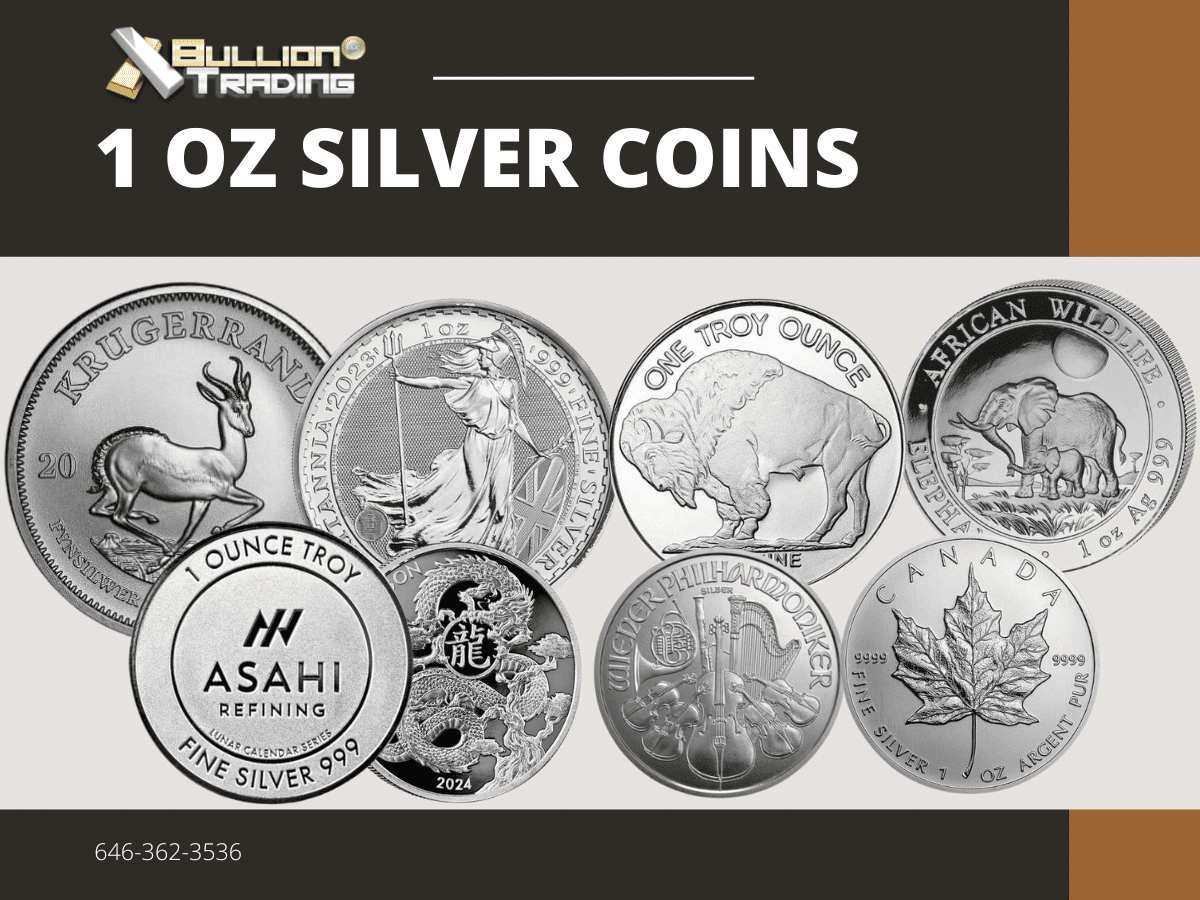Gold has long been seen as a safe haven for investors, especially
during periods of economic uncertainty and inflation. However, there are
several nuances and misconceptions about gold that investors should be
aware of. This article delves into the differences between gold and
other commodities, the historical context of gold prices, and how
inflation impacts gold today.
Gold vs. Other Commodities
Unlike
other commodities such as wheat or oil, the supply of gold is not
influenced by weather or seasonal patterns. For instance, agricultural
commodities like wheat can see significant price fluctuations due to
weather conditions, which directly impact their supply. Farmers may
switch between crops like cabbage and strawberries based on market
conditions and potential yields, but such dynamics do not apply to gold.
Gold’s
supply is relatively fixed and is not subject to the same kind of
immediate supply-demand shocks that affect agricultural products. This
makes gold a more stable investment over the long term.
Historical Context: Gold and the Dollar
One
common misconception is the interpretation of historical gold price
charts. Prior to 1971, the price of gold was pegged to the U.S. dollar, a
system that ended when President Nixon removed the dollar from the gold
standard. Before this change, gold prices moved in tandem with the
dollar, often showing an inverse relationship with inflation.
However,
post-1971, gold prices began to reflect market conditions more
accurately. Today, during inflationary periods, gold prices typically
rise because inflation erodes the purchasing power of the dollar. As the
dollar weakens, more dollars are required to purchase the same amount
of goods, and gold, which holds its value, becomes more expensive in
dollar terms.
Types of Inflation and Their Impact
Inflation can be driven by various factors, each impacting the economy differently:
-
Single-Issue Inflation:
This type occurs due to specific events like a bird flu outbreak
affecting poultry prices. Such inflation is localized and does not
impact the entire economy significantly. -
Energy Price Inflation:
An increase in oil prices affects the entire economy because
transportation costs rise, leading to higher prices for all goods. -
Increase in Money Supply:
When more dollars are printed, the increased money supply can lead to
widespread inflation as more money chases the same amount of goods,
bidding up prices across the board.
Understanding these
types can help investors make informed decisions about their investments
during different inflationary periods.
Gold as a Hedge Against Inflation
Gold
is often touted as a hedge against inflation. Unlike other commodities,
gold’s value is not tied to its consumption. Instead, it acts as a
store of value. During periods of high inflation, when the purchasing
power of the dollar decreases, gold tends to retain its value, making it
a preferable investment.
In contrast, commodities like wheat or
oil are consumed and their prices can be more volatile due to
supply-demand dynamics. For example, a drought can lead to a poor wheat
harvest, driving up prices temporarily. Next year, if weather conditions
improve, wheat supply may increase, leading to a drop in prices. Gold
does not experience such cyclical supply issues.
Misconceptions About Gold Prices
Looking
at gold price charts over the past 100 years without understanding the
historical context can be misleading. Before 1971, gold prices were
artificially controlled by the gold standard. Post-1971, gold prices
have been subject to market forces and provide a clearer picture of its
performance as an investment, especially during inflationary periods.
Conclusion
Gold
remains a unique and valuable asset for investors, particularly during
times of economic uncertainty and inflation. Understanding the
historical context of gold prices, the differences between gold and
other commodities, and the various types of inflation can help investors
make more informed decisions. While gold may not offer the same
speculative gains as other commodities, its stability and role as a
hedge against inflation make it a crucial component of a diversified
investment portfolio.





